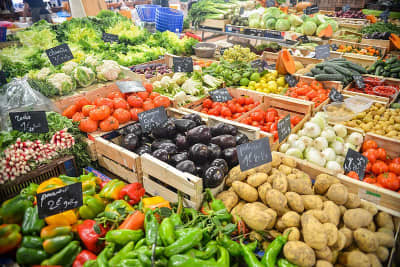
Description
A food hub facilitates the aggregation, storage, processing, distributions, and/or marketing of locally/regionally produced food products.
Food hubs handle some or all of the following:
- Aggregation: Compile products from different suppliers/farms to distribute through a single channel.
- Distribution: Store products and transport them to the customer.
- Marketing and sales: Find buyers, sell and advertise products, and promote farms’ brand identities.
Types
Food hubs are generally categorized into three different groups:
Retail or Farm to Consumer (F2C)
This model gives farmers more access to high-value markets by distributing products directly to consumers online, in a retail space, or via a community-supported agriculture (CSA) subscription.
Wholesale or Farm to Business/Institution (F2B)
This model gives farmers access to high-volume markets such as schools, grocery stores, hospitals, and restaraunts that they couldn’t normally obtain on their own due to lack of volme or consistency. This method of aggregating producs to meet higher volume needs is more efficient for buyers and makes it easier for them to buy regionally throughout the year.
Hybrid
This model includes both retail and wholesale operations. A food hub may be set up as a non-profit organization, a for-profit organization, or a cooperative.